The ONE Statistic You Should Follow… The "Sales to Active Listings" Ratio
Ratios can really freak people out. Remain calm, I can assure you the sales to active listings ratio is one of the easiest to understand. If you're passively watching the market and only want to look at ONE statistic each month — it should be the Sales to Active Listings ratio (or, SAR).
Supply and demand is the number one correlation that dictates price. Not just of housing but of literally everything on this planet. The sales to active listings ratio tells you in one simple number, exactly where the market is at.
That’s a lot to ask of one number. But it does a damn good job every single time.
It's worth noting that it is absolutely impossible to predict the peak or bottom of the real estate market in any one year.
If you’re a buyer, it’s important to understand that “yesterday will always be the best day to buy real estate”. Don’t wait for a buyer’s market to get into the market. In Greater Vancouver & The Fraser Valley, those that wait are those that get buried alive by market appreciation.
Let’s dive into this very important ratio…
The sales to active listings ratio is calculated by taking the total number of sales in a month / total inventory and multiplying that number by 100 to give you a percentage.
For example, in July if there were:
2500 homes sold
5000 homes listed
= .50 x 100
= 50% (SAR)
The above calculation indicates 1 out of every 2 homes sold within that given month.
Sellers market = 20% or higher
Buyer Market = 11% or lower
Balanced Market = 12% to 19%
Essentially,
Higher Number = market is desperate for inventory, prices rise, less room for negotiation, multiple offers are common.
Lower Number = market flooded with inventory, prices cool off, more room for negotiation, many options for buyers, rarely multiple offers.
Straddling between the high and low numbers = normalized buying and selling conditions, inventory adequately meets demand, lower chance for multiple offers.
Sales to active ratios are different for each neighbourhood, product type and change month-over-month.
It’s important to get REALLY specific when pulling these numbers so the information you’re analyzing actually relates to what you’re looking for.
For example, in July 2021 if you looked at the overall SAR for Greater Vancouver it was 34%. However, if you’re interested in purchasing in Yaletown… 34% will have no impact. Yaletown alone was only 20% in July 2021. So, huge difference. Details are vital.
Curious how your neighbourhood stacks up? Want to hear my top neighbourhoods for both buying and selling opportunities? Give me a call.
Nevada Cope, REALTOR® 604-897-6971
